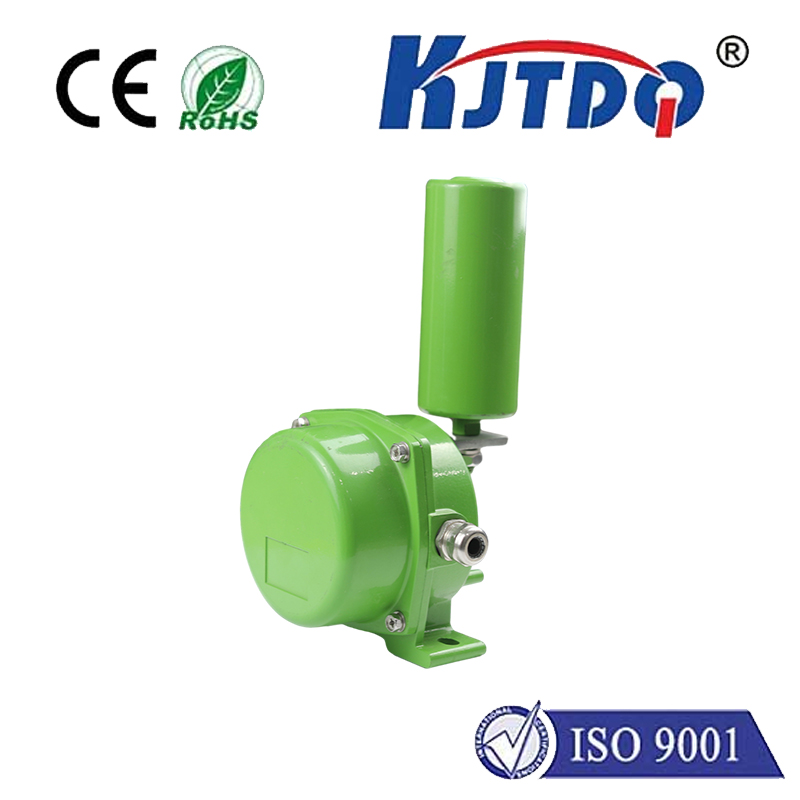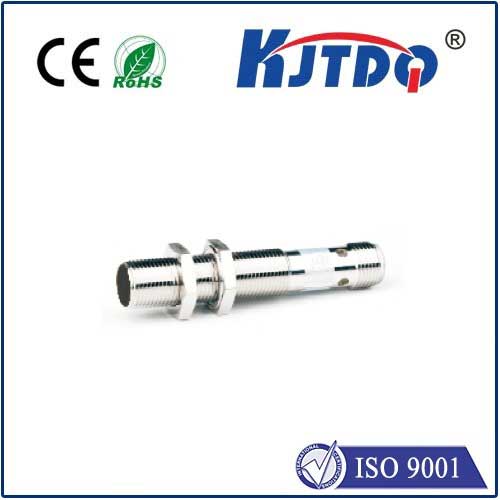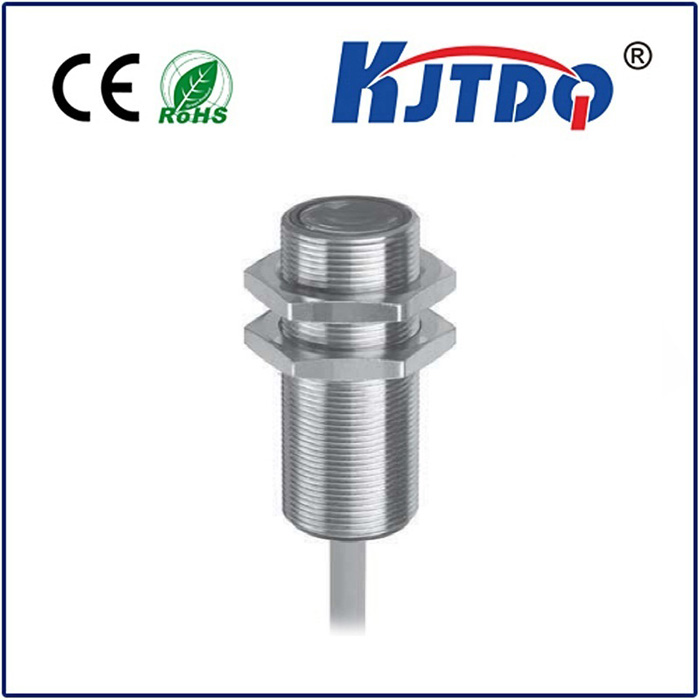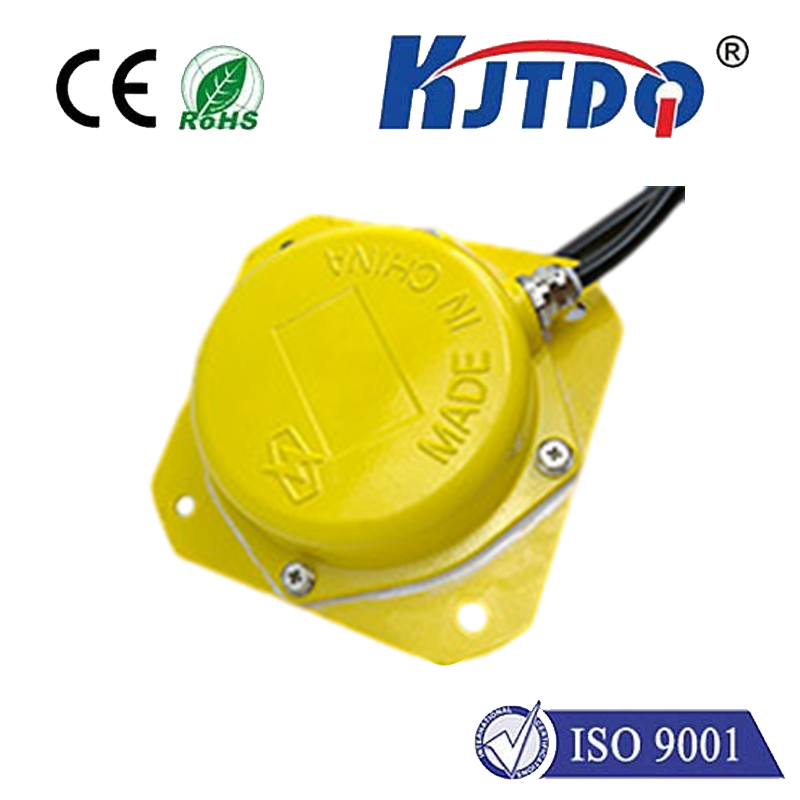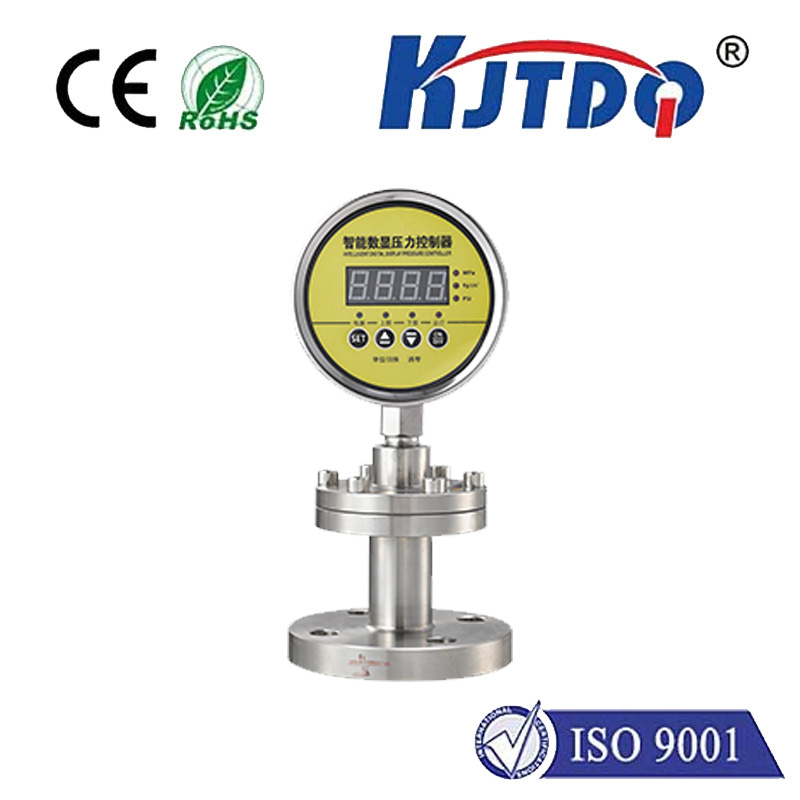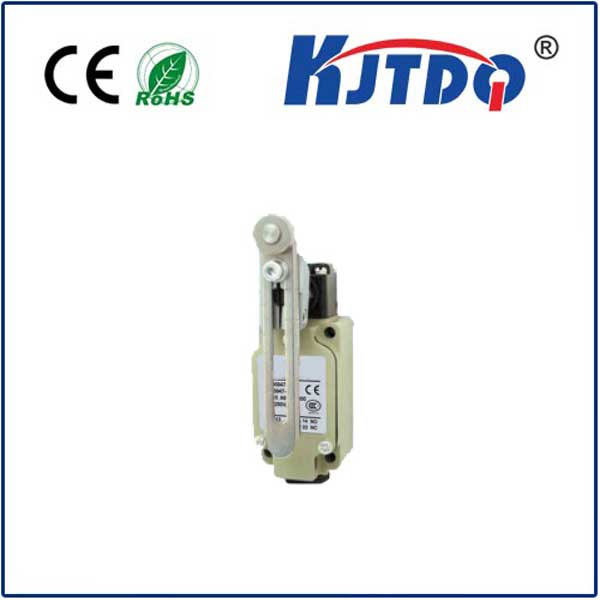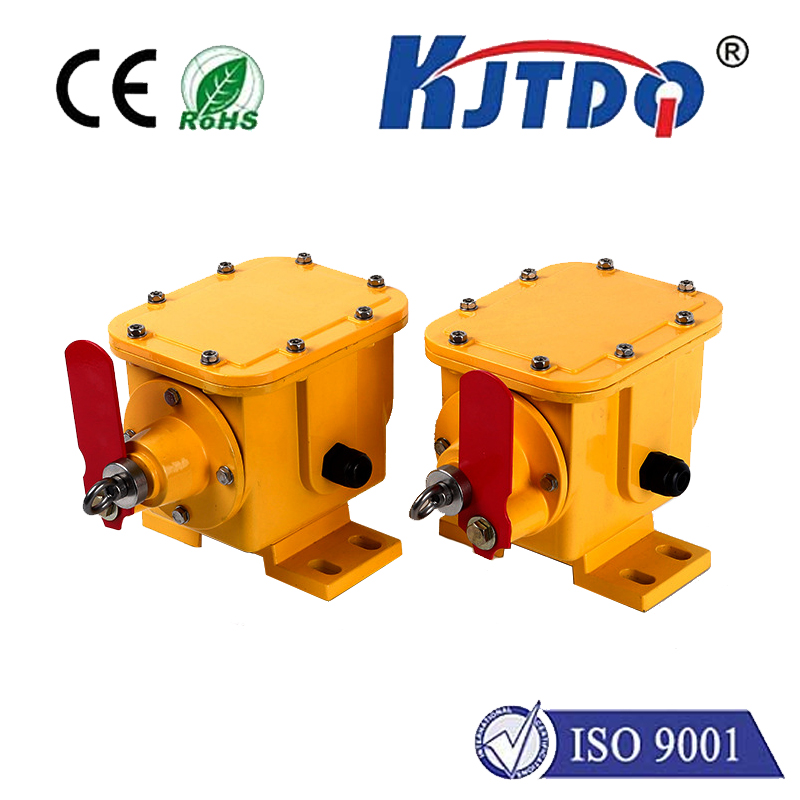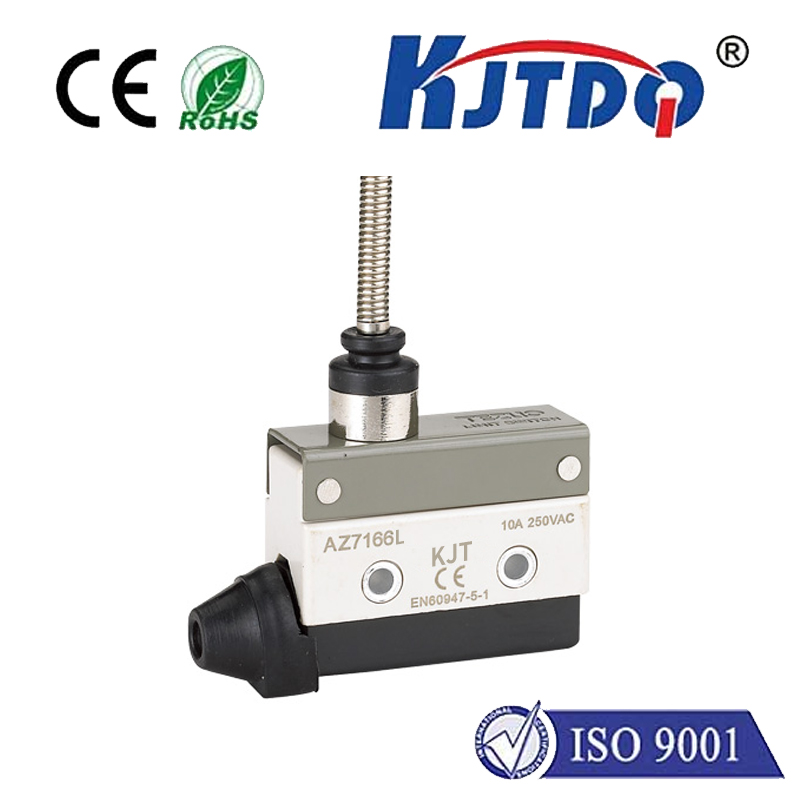photoelectric sensor module
- time:2025-09-10 18:36:47
- Click:0
Photoelectric Sensor Modules: The Smart Eyes Powering Automation
Imagine a world where machines seamlessly detect objects without touch. Where production lines hum efficiently, packaging flows flawlessly, and safety systems react instantly. This isn’t science fiction; it’s the everyday reality powered by the often-unseen heroes of automation: photoelectric sensor modules. These compact, powerful devices act as the intelligent eyes of countless systems, using light to perceive their environment with remarkable speed and precision.
Understanding the Photoelectric Principle: Light as a Signal
At the heart of every photoelectric sensor module lies a fundamental interaction between light and matter. Simply put, these sensors work by emitting a beam of light – often infrared (IR), visible red, or sometimes laser – from an integrated light emitter (typically an LED). A separate receiver component within the module then detects either:
- The presence of this emitted light (through-beam or retro-reflective modes).
- The absence of this light beam (through-beam mode when blocked).
- The light beam reflected back from a target object (diffuse reflective mode).
When the light beam reaching the receiver changes state (interrupted, reflected back, etc.), the sensor module’s internal circuitry interprets this change and triggers an electrical output signal (e.g., switching a load ON or OFF). This rapid, non-contact detection is the core superpower of photoelectric sensors.
Key Types of Photoelectric Sensor Modules

Choosing the right module depends heavily on the application’s requirements. The three primary configurations dominate:
- Through-Beam Sensors: Comprising a physically separate emitter and receiver unit. The emitter sends a continuous beam directly to the receiver. Detection occurs when an object interrupts this beam. This type offers the longest sensing distances and highest reliability, ideal for high-accuracy positioning or detecting small/transparent objects where interruption is clear.
- Retro-Reflective Sensors: Combine emitter and receiver into a single housing. A specialized reflector (corner-cube retroreflector) bounces the emitted beam back to the receiver within the same unit. Detection happens when an object blocks the beam’s path to the reflector. These provide good sensing range and simplified mounting compared to through-beam, but the target object must be opaque enough to block the beam effectively. They often incorporate polarization filters to ignore reflections from shiny objects that aren’t the designated reflector.
- Diffuse Reflective Sensors: Emitter and receiver are also housed together. Detection relies on light reflecting directly off the target object back to the receiver. Sensing distance is generally shorter and depends heavily on the target’s size, color, and surface texture (light-colored, matte objects reflect best). This is the most common and cost-effective type for general proximity sensing where the target is within relatively close range.
Why Choose Photoelectric Sensor Modules? Essential Advantages
The widespread adoption of photoelectric sensors across industries isn’t accidental. They deliver significant benefits:
- Non-Contact Sensing: Eliminates wear and tear on both the sensor and the target, significantly increasing longevity and reducing maintenance. Delicate objects remain unharmed.
- High Speed: Detection happens at the speed of light. These sensors can register objects moving at very high velocities, far surpassing mechanical limit switches.
- Long Sensing Ranges: Particularly evident in through-beam configurations, distances can extend to tens or even hundreds of meters depending on the module type and lens design.
- Versatility: Capable of detecting an enormous variety of materials – metal, plastic, wood, glass, liquid levels, and even transparent films under the right conditions.
- Resistance to Contaminants: Unlike capacitive or inductive sensors, many photoelectric types (especially through-beam and retro-reflective) are less affected by non-opaque environmental factors like dust, light mist, or oil film (though heavy contamination can impair performance).
- Compact Size & Easy Integration: Modern modules are incredibly space-efficient and designed for straightforward mounting, often featuring standardized M8, M12, or M18 threaded barrels or compact block styles. Features like built-in amplifiers and various output types (PNP, NPN, analog, IO-Link) simplify connection to controllers like PLCs.
Diverse Applications: Where These Modules Shine
The practical uses for photoelectric sensor modules are virtually limitless within automation and control:
- Industrial Manufacturing: Object presence/absence on conveyors, part counting, positioning control for robotic arms, bottle/can detection on filling lines, label registration, jam detection.
- Packaging Machinery: Box flap detection, film break detection, product height verification, lid presence on containers, carton counting.
- Material Handling: Pallet detection in warehouses, conveyor gap control, stack height measurement, automated guided vehicle (AGV) path detection.
- Automotive Production: Component verification on assembly lines, robot cell safety guarding (light curtains often use photoelectric principles), quality control checks (e.g., panel gap measurement).
- Food & Beverage Processing: Bottle/cap presence detection, fill level control in transparent containers, sorting by color/contrast (using specialized color sensors), detecting product flow.
- Building Automation & Security: Doorway safety beams to prevent crushing, automatic door openers, garage door safety reversal, intrusion detection in perimeter beams.
- Printing: Web break detection, sheet presence/registration control.
- Agriculture: Equipment positioning, level sensing in silos (using specific sensor types), detecting pests or fruit on trees (specialized applications).
Selecting the Right Module: Key Considerations
Choosing the optimal photoelectric sensor module requires careful thought. Ask these critical questions:
- What am I detecting? (Material type, size, shape, color, surface finish)
- What is the required sensing distance?
- What is the environmental condition? (Dust, temperature extremes, moisture, ambient light levels, vibration)
- What is the target’s movement speed? (Requires a sensor with sufficient response time)
- What output type is needed? (Discrete PNP/NPN, analog signal, IO-Link for smart diagnostics/configurability)
- What power supply is available? (Typically 10-30V DC, sometimes 100-240V AC for specific industrial applications)
- What mounting constraints exist? (Space limitations, required orientation)
Troubleshooting & Maintenance: Keeping the Eyes Sharp
While robust, photoelectric sensors can encounter issues. Common problems and solutions include:
- No Detection / False Triggers: Check for misalignment (through-beam & retro-reflective). Ensure the target is within the sensor’s specified range and is large/opaque/reflective enough (diffuse). Clean lenses of dirt, dust, or grease. Shield the receiver from strong ambient light sources that can flood it (sunlight or bright lamps). Verify power supply connections and voltage levels.
- Unstable Operation: Check for vibration loosening the mounting. Ensure targets are consistent if relying on reflection. Look for environmental factors like heavy steam or condensation interfering with the beam.
- Regular Maintenance: Primarily involves periodically cleaning the lenses to maintain optical clarity and inspecting mounting hardware for security. Modern sensors with IO-Link capability provide valuable diagnostic data (operating hours, temperature, signal strength) enabling predictive maintenance.
The Future: Smarter, More Integrated Eyes
The evolution of photoelectric sensor modules continues. Integration with advanced communication protocols like IO-Link allows for remote configuration, detailed diagnostics, and parameterization directly from the PLC. Miniaturization persists, enabling use in ever-more compact spaces. Enhanced optics and signal processing algorithms improve performance in challenging conditions






